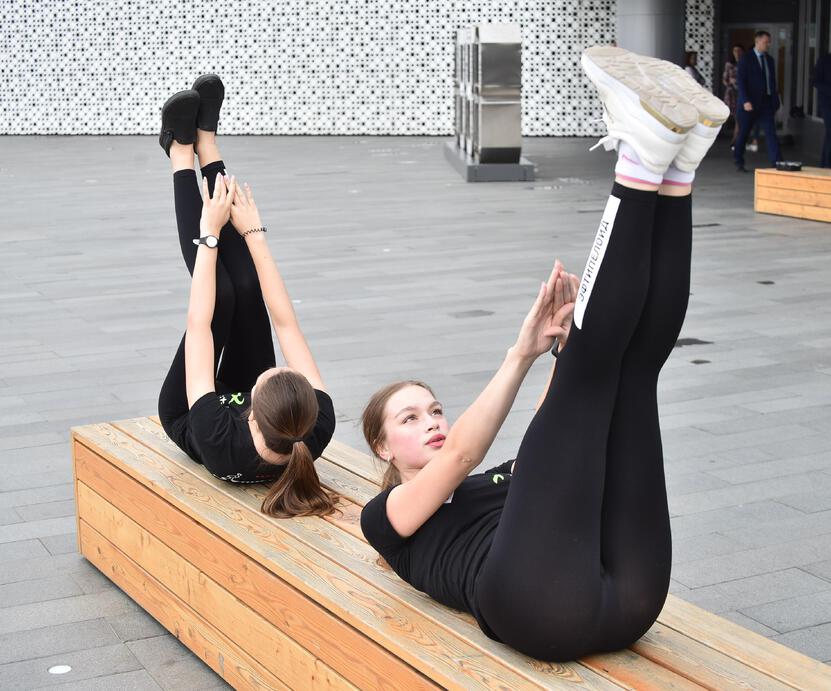
Choosing the right shoes is crucial in order to avoid back pain, according to rehabilitologist Matvey Odintsev. Many people come to doctors complaining of flat feet, foot deformities, and joint problems, not to mention back pain, all of which can be caused by improperly fitted footwear.
Odintsev, a physical and sports rehabilitologist and specialist in therapeutic massage, explains that scientific research in the field of biomechanics and orthopedics has made significant progress in the 20th century. Scientists have studied the effects of different types of shoes on foot movement, joint stress, and gait biomechanics. This research has led to the development of technologies for creating more ergonomic and healthy footwear.
Today, many brands use special materials and technologies to create shoes that support the foot arch, provide cushioning, help maintain a straight posture, and reduce stress on the joints. This applies not only to athletic and orthopedic shoes, but also to fashion footwear in many cases.
Proper shoes with a rigid heel and supinator help maintain the natural shape of the arch and reduce stress on the joints and spine, preventing flat feet and foot deformities. Footwear with good cushioning absorbs shocks during walking and running, protecting the joints from wear and preventing foot and back pain. It also helps the foot maintain the correct position, reducing the risk of flat feet and other foot deformities, as well as promoting physiological alignment of the pelvis and spine.
The shoes should be wide enough to avoid compressing the foot and disrupting blood circulation. Flat-soled shoes do not support the arch and can lead to flat feet, foot and back pain, gait disorders, and osteochondrosis. High-heeled shoes shift the body's center of gravity forward, increasing the burden on the spine, leg joints, and muscles. This can lead to back pain, foot deformities, varicose veins, and impaired gait.
It is recommended to look for shoes with good cushioning, a rigid heel, and a supinator. The heel height should not exceed 3-4 cm. Specialized shoes designed for specific sports activities (running, fitness, basketball, etc.) should be chosen for those purposes.
It is important to remember that shoes should not only be fashionable, but also comfortable, and should be selected based on the characteristics of the foot and the type of activity. Proper footwear is a key factor in maintaining the health of the musculoskeletal system at any age.